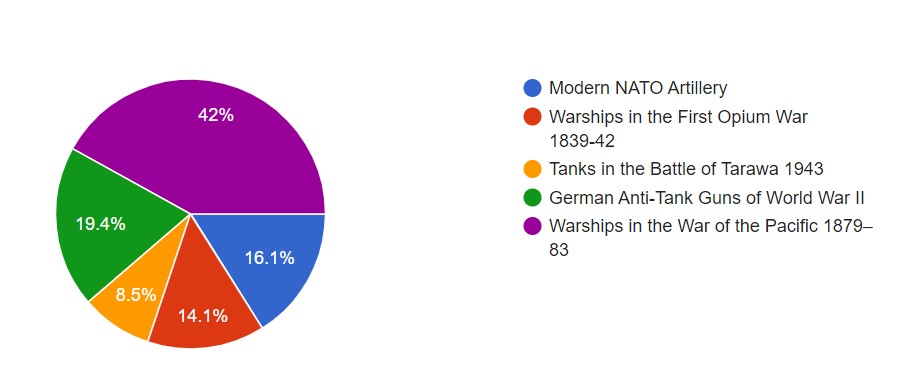This month's book vote sees five Elite titles battling for your support. Read the full descriptions and have your say by clicking on the link below. Plus, check out the results of last month's New Vanguard book vote.
Battle Tactics of the American Civil War
World War I Trench-Raiding Tactics
World War I Anti-Tank Tactics
Amphibious Tactics 1945–91
Close Air Support Tactics 1945–91
Battle Tactics of the American Civil War
During the Civil War, the increased firepower generated by massive citizen armies equipped with rifled weapons prompted deep-seated changes in tactical methods on both sides. In the light of hard-won battlefield experience, antebellum drill books gave way to new approaches as Union and Confederate armies strove to find the optimal mix of infantry, cavalry and artillery assets on the battlefield.
World War I Trench-Raiding Tactics
The long period of static warfare that occurred during World War I prompted innovation in raiding tactics, as both sides sought to gain intelligence about the enemy and keep their own troops in fighting readiness. New technologies were adopted and refined for this effort alongside revived close-quarter weapons, as raiding parties sought to harness stealth, rapid movement and firepower to win supremacy in no-man’s-land.
World War I Anti-Tank Tactics
The advent of armoured warfare in September 1916 ushered in a new aspect of battlefield tactics, as first the Germans and then their Allied opponents developed and applied anti-tank measures. New technologies and methods were adopted alongside innovative ways of using existing assets, notably artillery and machine guns, as the belligerent powers sought to defeat the tank menace, from the Somme to the mobile battlefields of 1918.
Amphibious Tactics 1945–91
While the massive amphibious operations mounted in Normandy, Italy and the Pacific during World War II remain unsurpassed in terms of their scale, the conduct of beach landings in the teeth of enemy firepower – and the evolving technology, doctrine and tactics underpinning them – remained a key aspect of military theory and practice throughout the Cold War. This study examines how the major powers of the era approached this crucial aspect of military operations.
Close Air Support Tactics 1945–91
Close air support came of age in World War II, but the challenges presented by battlefield conditions in locations ranging from Korea and Vietnam to Afghanistan and the Falkland Islands, plus the rapid pace of technological evolution in the air and on the ground, meant this aspect of military operations changed enormously during the Cold War era. The different approaches espoused by the major powers of the era are explored in this fully illustrated study.
Last month, we asked what you would like to see published in our New Vanguard series. Thank you to everyone who voted and provided feedback. The results saw one book taking a large chunk of the vote. Check out the full results below to find out more!


Comments
You must be logged in to comment on this post. Click here to log in.
Submit your comment